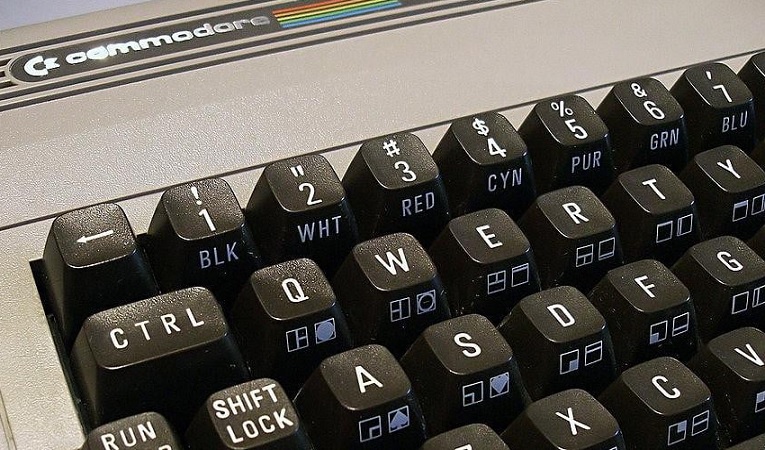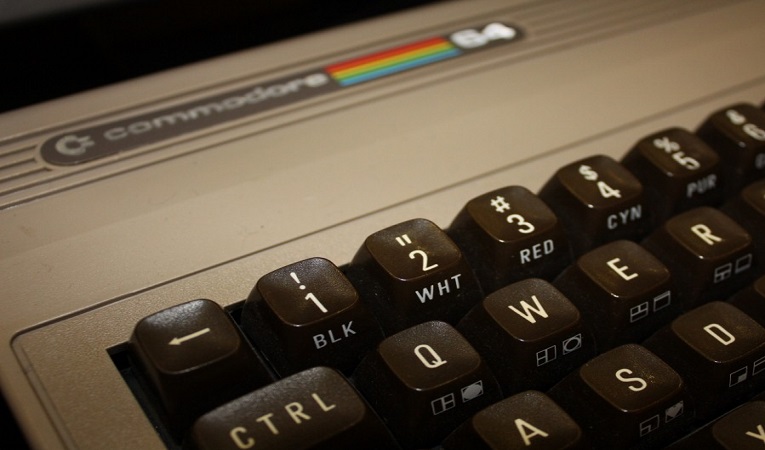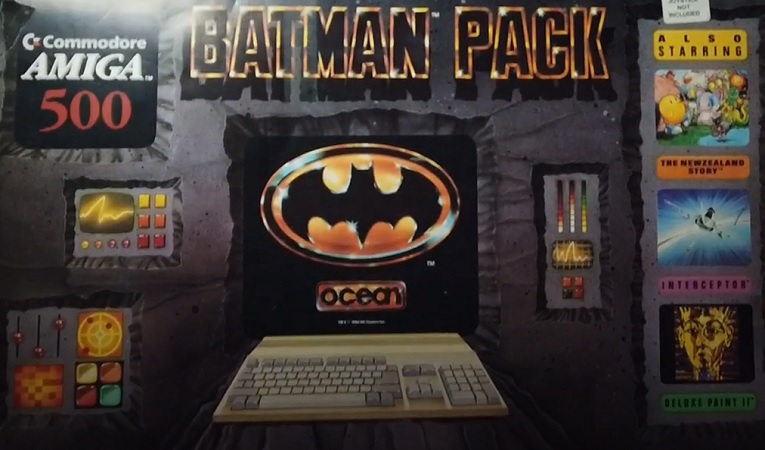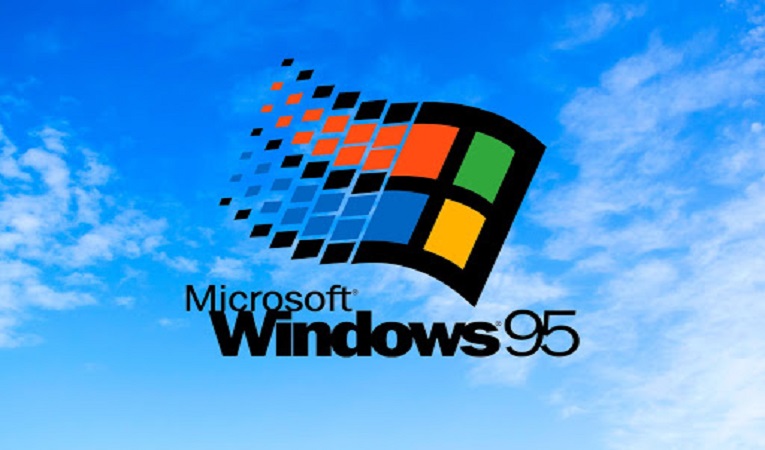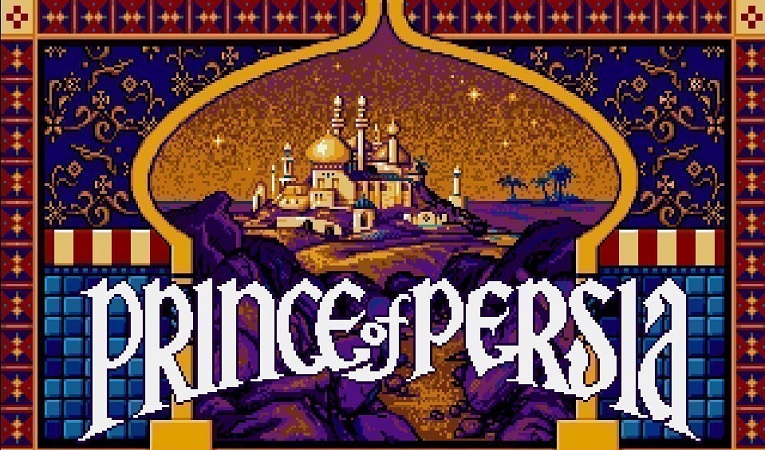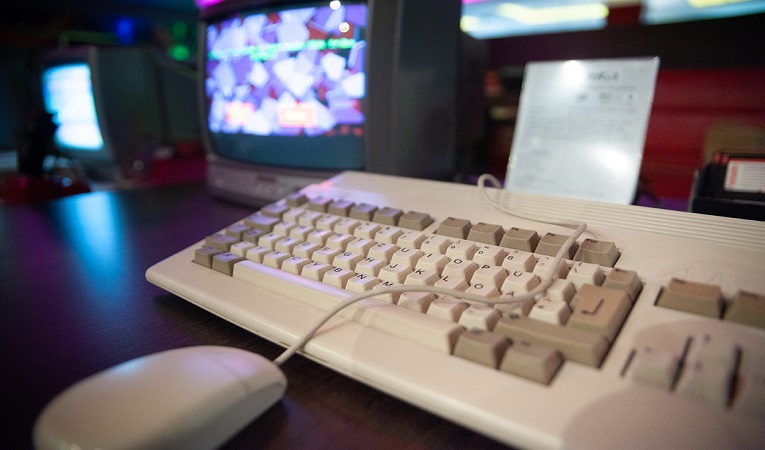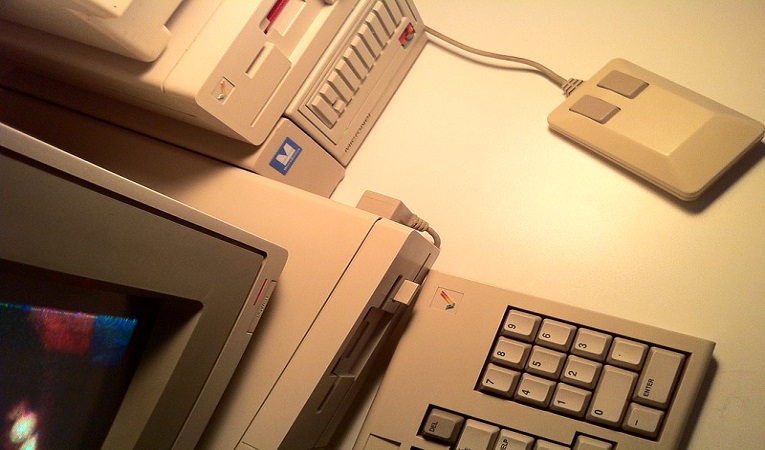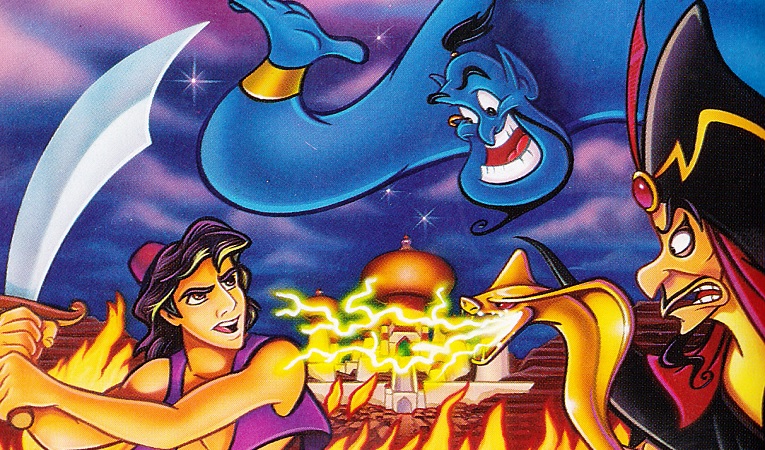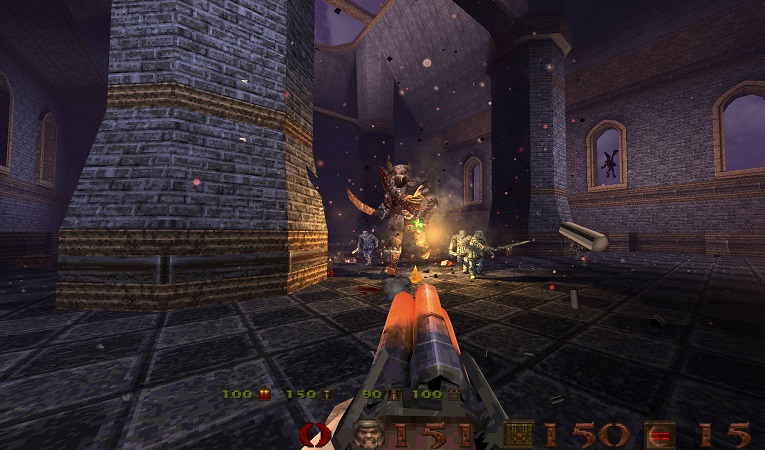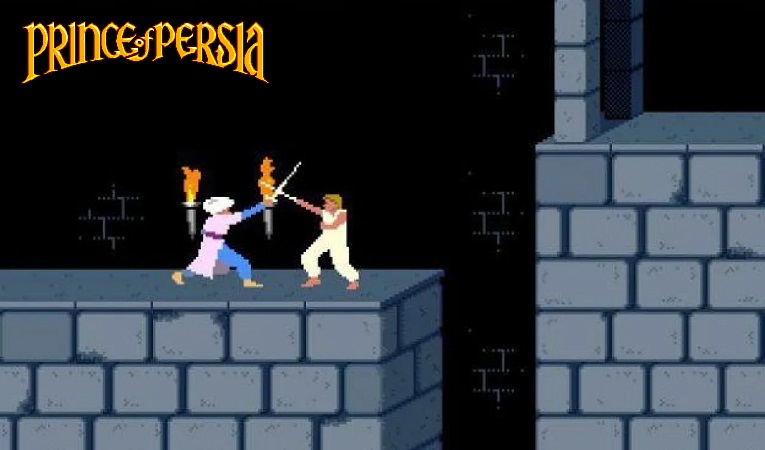
The original Prince of Persia game was released in 1989 on Apple II computers. Our main hero is the Prince, who, despite his name, starts his story as an orphan who lives on the streets. After scaling the Sultan of Persia’s palace, he sees the beautiful Princess, and the two fall in love. While the Sultan attends to a faraway conflict, his evil Vizier, Jaffar, takes advantage of his absence to ascend to the throne. Both the Prince and the Princess land in prison, and the Princess has one hour to decide whether she will agree to Jaffar’s offer of marriage or die at his hands. The game was played using keyboard controls on most computers. However, Amiga users had the luxury of playing this classic with a joystick. The controls were fairly straightforward, with the arrow keys used to move the prince and the spacebar used to jump and interact with objects in the environment. However, despite the limited controls, Prince of Persia was still a challenging game that required precise timing and quick reflexes to navigate through the dangerous dungeons and defeat the enemies. The use of realistic animations and a sense of momentum helped to make the gameplay feel more lifelike and engaging, and contributed to the game’s lasting popularity and impact.
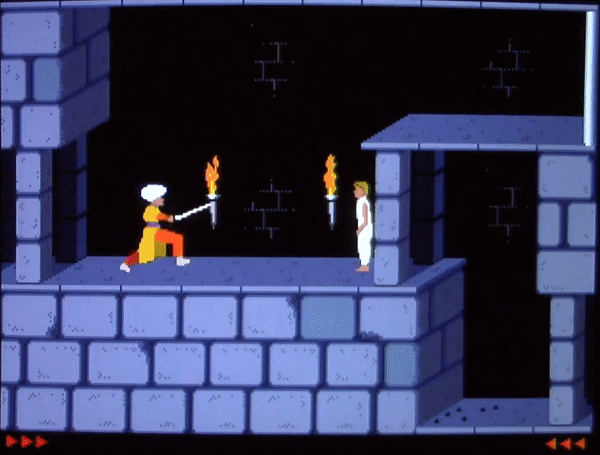
The first and best Prince of Persia game brings more than nostalgia, it was a revolutionary game in many aspects. The use of rotoscoping, a technique of tracing over live-action footage to create more realistic animation, was a major departure from the stiff, sprite-based animations of the time. Rotoscoping dates back to 1915, when animator Max Fleischer first used it. It was a technique Disney’s animators would use to similarly groundbreaking effect in the studio’s first feature film, Snow White and the Seven Dwarfs, in 1937. The process of rotoscoping is very time-consuming and requires a great deal of patience and attention to detail, but it results in a more realistic and lifelike animation that was unique for its time. By using VersaWriter a drawing tool that was released for the Apple II and other computers in 1983, allowed the tracings to be digitized and incorporated into the game. It’s interesting to note that Prince of Persia creator, Jordan Mechner’s approach to animation was heavily influenced by his background in filmmaking and his desire to bring a more cinematic quality to video games. This was a bold move at the time, when most games relied on simple, two-dimensional sprites for their characters. This gave the game’s characters a level of fluidity and grace that was previously unseen in video games. Mechner’s use of rotoscoping undoubtedly set a new standard for character animation changing the game industry forever. Another innovative aspect of Prince of Persia was its realistic depiction of time. In the game, the prince had a limited amount of time to navigate through the levels and defeat the enemies before the hourglass ran out. This added a sense of urgency and tension to the gameplay, and was a major factor in the game’s popularity and critical success.
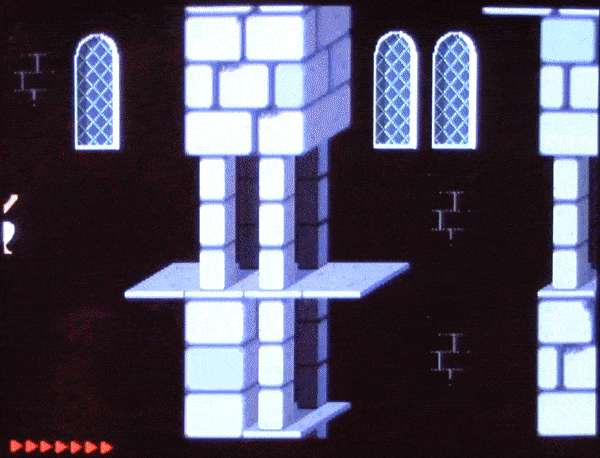
The Amiga and DOS versions of Prince of Persia were the first ports from the 1989 Apple II original. These ports are known for their improved graphics, animation, and sound compared to the original Apple II version. The Amiga version of Prince of Persia was known for its advanced graphics and sound capabilities compared to other computer platforms of the time. The Amiga’s advanced graphics and sound capabilities allowed for improved animation, more detailed backgrounds, and realistic sound effects and music. Additionally, the Amiga version also had a more fluid and responsive control system, which made playing the game a more enjoyable experience. The game’s influence can be seen in many contemporary action-adventure games, and it has inspired several sequels and spin-off games, as well as remakes and remasters. The franchise remains popular to this day and continues to be an important part of gaming history.




